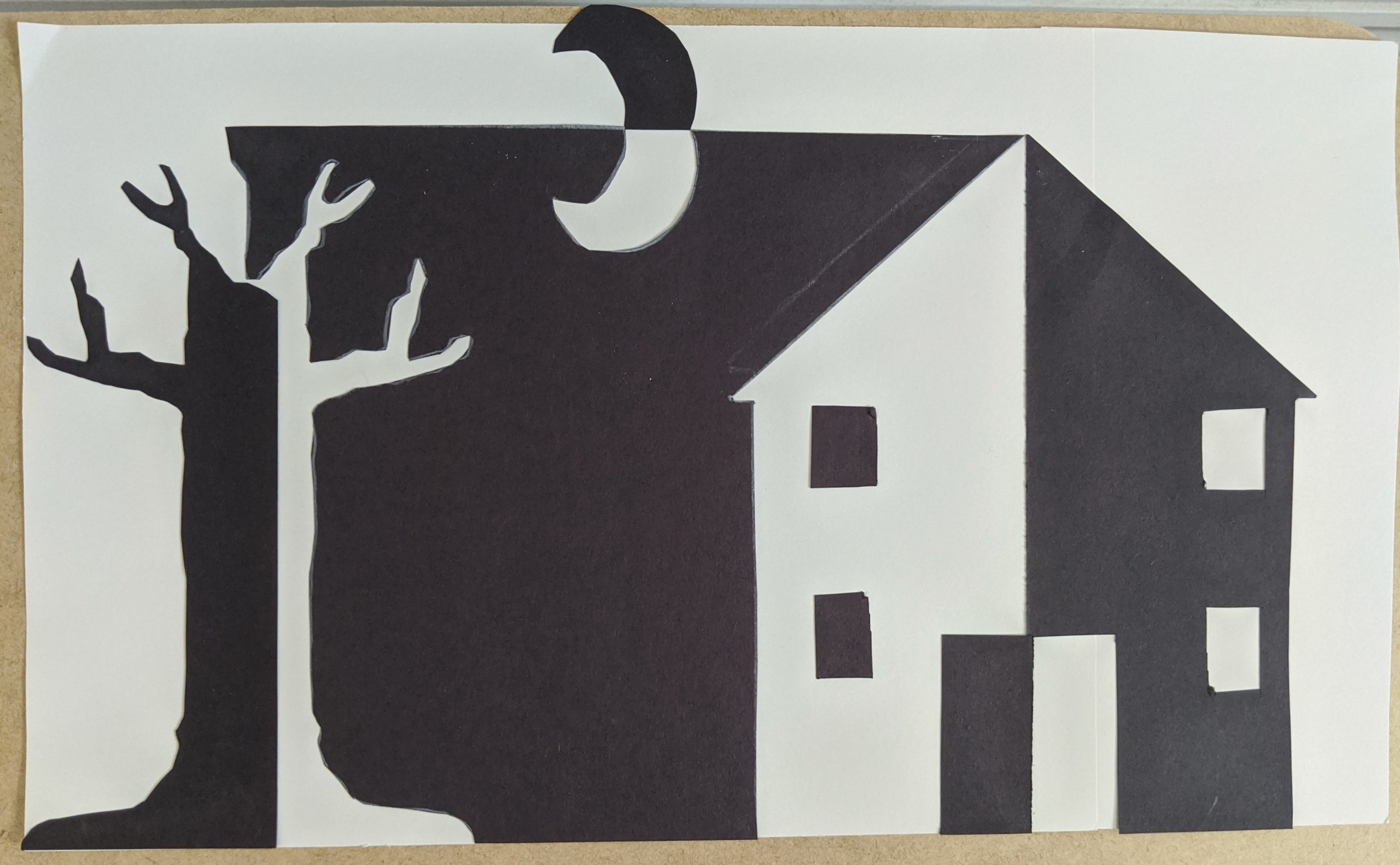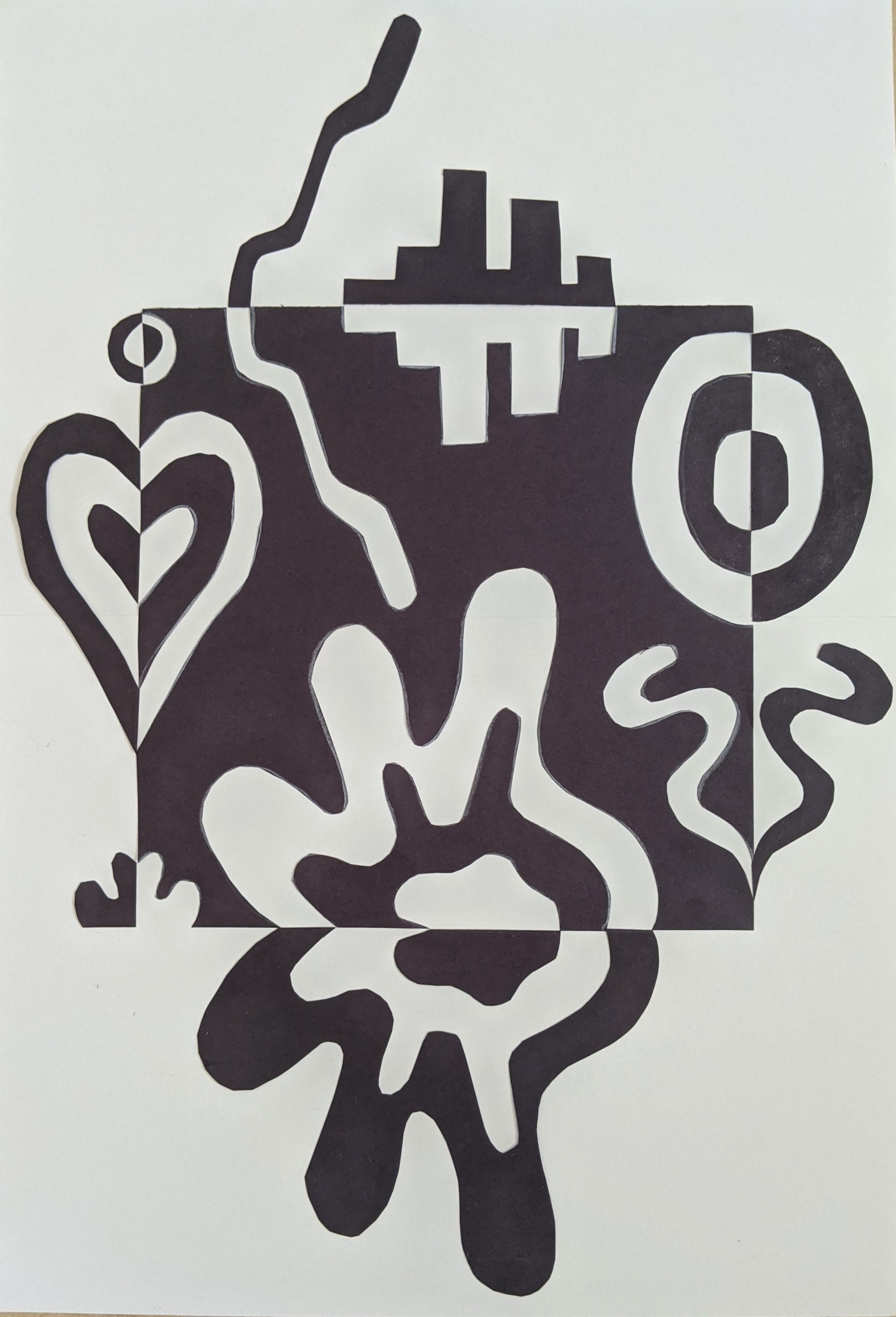


This week’s art activity of 10/10—Reflections on a Decade of Exhibitions is the last in this series. We’re taking a closer look at Cry Joy Park—Gardens of Dark and Light, a solo exhibition by artist Jennifer Wen Ma, which examines issues of social justice and the difficulty of reconciling opposing forces in our society. The balance of light and dark reminds us that we need both utopian and dystopian qualities in society. Cry Joy Park—Gardens of Dark and Light was an installation that featured two gardens, one dark and the other light, which represent a yin/yang balance. Wen Ma wanted it to serve as a reminder that we cannot have one without the other.
For this art activity, we look to design concepts that use both light and dark, as well as positive and negative space to create a balanced composition. This art activity is reminiscent of a popular design concept taught in many art curriculums called Notan, a Japanese term that means “the combination of lights and darks.” However, designs with a balance of light and dark are not just unique to Japanese art and culture, and are found in a variety of mediums in art globally. For example, Jennifer Wen Ma is native to China, where that balance of dark and light can be found in a lot of art and design elements.

For this project, you will need:
Instructions:
If you did this project or something similar, please share with us! Let us know by email at halsey@cofc.edu. Happy creating!
By Sarah Berry, Halsey Institute education coordinator